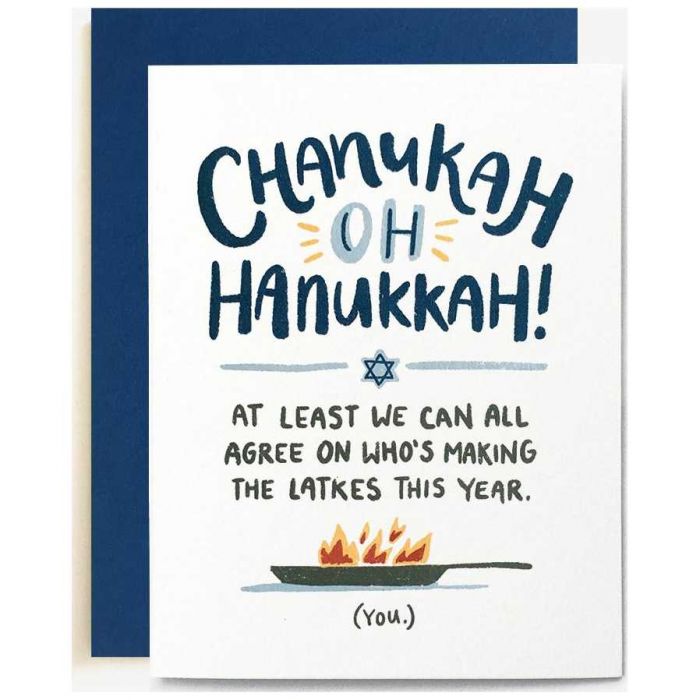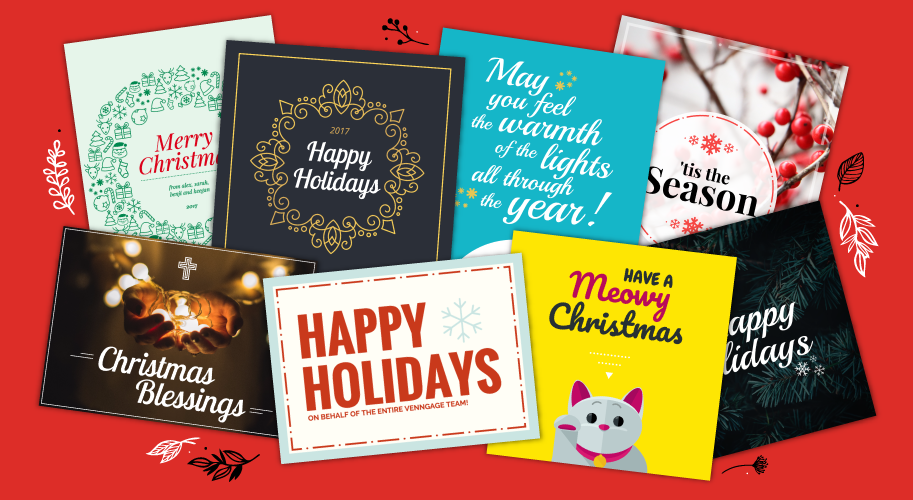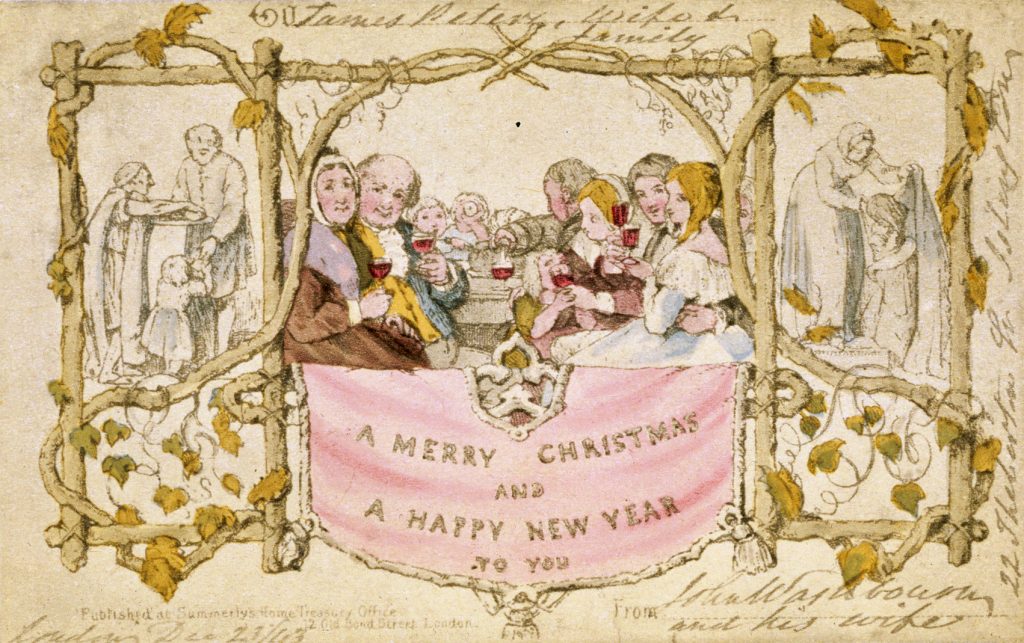
We in the U.S. are highly aware of greeting cards at this time of year—both the receiving and the sending. Dunbar and Hill (2003) conducted a study on social networks by studying Christmas card lists. They found that each household receives about 150 Christmas Cards, and sends an average of about 68 cards. Clearly, people are receiving more than they give! (Don’t ask me to explain how those numbers work.) The study did not include cards for Hanukkah, Solstice, Yule, Kwanzaa, and New Years, but all of these together make for a very busy Postal Service throughout December.

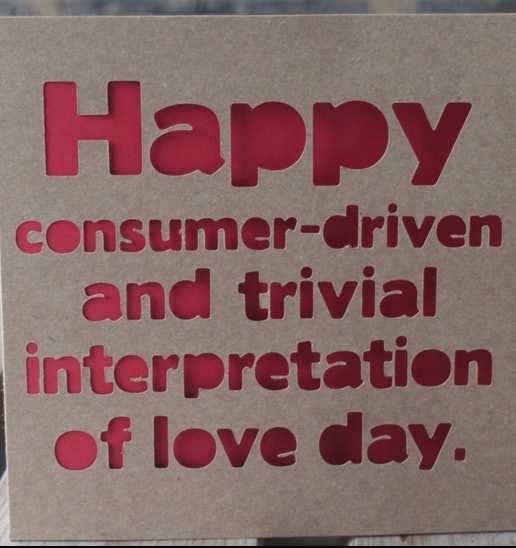
Since holiday-specific greeting cards are so widespread in the US at the moment, it’s worth taking a moment to think of how they might feature in your writing. If you’re already sick of holiday cheer, just wait for St. Valentine’s Day to be shoved down your throat!
Motivation Behind Christmas Cards
According to my reading, Sir Henry Cole (see above) resorted to creating Christmas Cards because he had too many friends to write individual notes. I venture to assert that the time crunch is still a major factor in sending a greeting card rather than a letter. But that leaves open the question of who gets on someone’s card list in the first place. I seem to recall that once upon a time, cards were for people seldom seen—and thus unavailable to greet personally. Today?
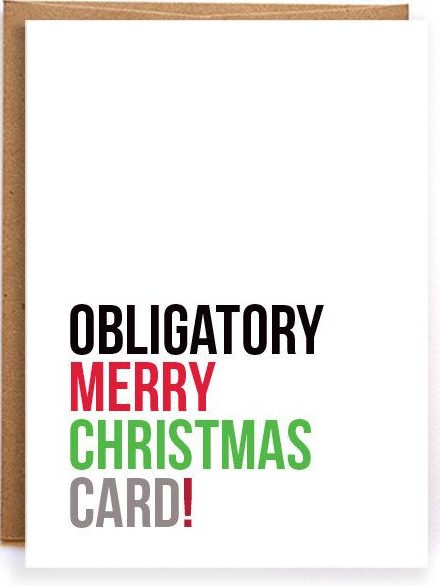
- Family
- Friends
- Neighbors
- Work colleagues
- Clients
- Church family
- Teachers
- Students
- Doctors/ nurses
- Residents of nursing homes or hospitals
- Active military
- Members of social groups
- Those who sent cards last year
- That one person you don’t really like but gets a card just so you can use up the last of the 12-pack of cards you bought
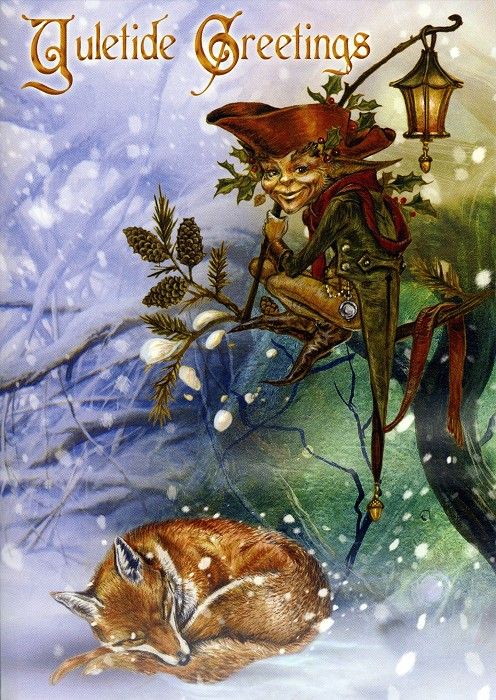
This increasingly vague list leaves plenty of room for confusion and accidentally hurt feelings. Consider someone who sends a card but doesn’t receive one in return. Consider a child arguing with a parent over whether online cards are a suitable replacement for paper cards. If you really want to jerk some tears, consider an elderly character sending out cards to peers and seeing the list shrink a little more every year.
What Type of Card?
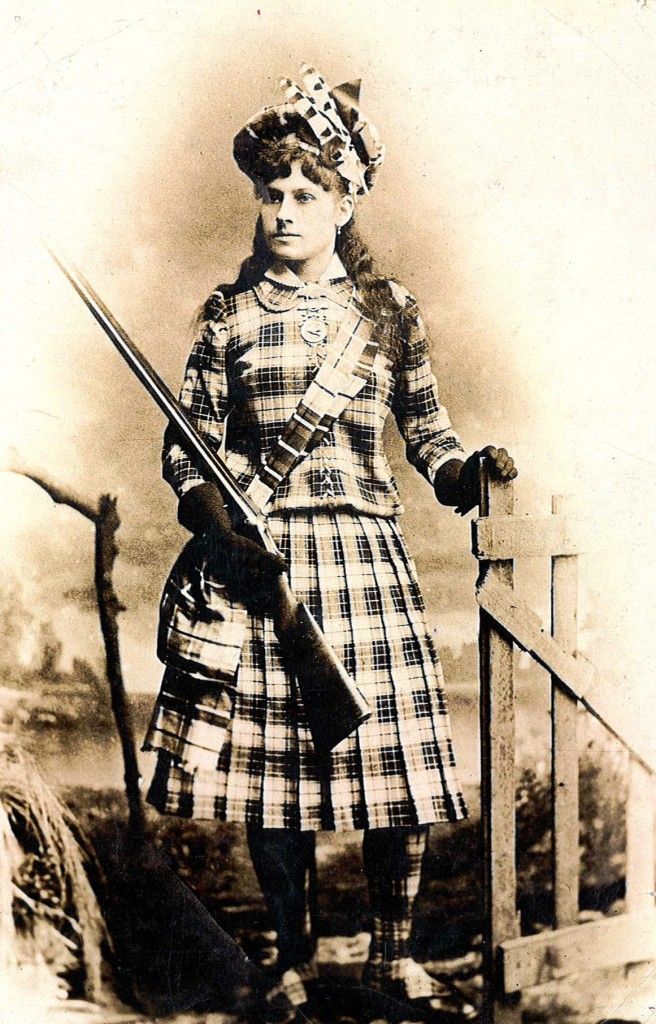
There is a huge variety of cards available, and the type of card sent could reveal as much about a character as the people they send those cards to. Religious ones, humorous ones, nature scenes, musical ones, pop-up ones. The first personalized Christmas card was sent in 1891 by Annie Oakley. She was doing sharp-shooter exhibitions in Scotland and sent cards back to friends and family in the U.S. featuring her picture—wearing tartan!
Should a character send a generic card with vaguely wintry scenes and vague wishes for general well-being? What about a character sending explicitly religious cards to recipients of a different faith or no faith at all? Why would a character choose to make dozens of cards by hand rather than grabbing a box off the drugstore shelf? Some families include newsletters with the card, letting friends and families know what they’ve been doing since last year’s holiday card. Why would a character send newsletters or photo collage cards?

Meaning of Holiday Cards for the Recipient

When I was growing up, my mother, aunts, etc., knew exactly how many cards they received and how many they sent—sort of like being able to cite how many trick-or-treaters came by on Halloween. Christmas cards were typically displayed on stair banisters, windowsills, archways, mantels, etc.
Could receiving holiday cards be a bad or unpleasant experience? What about a character receiving a card from someone they dislike? How about siblings or friends who see messages of boasting and rivalry in personalized cards? What might a character think after sending out dozens of cards and receiving none in return? How would someone who hates the entire holiday season react to all those reminders in the mail?
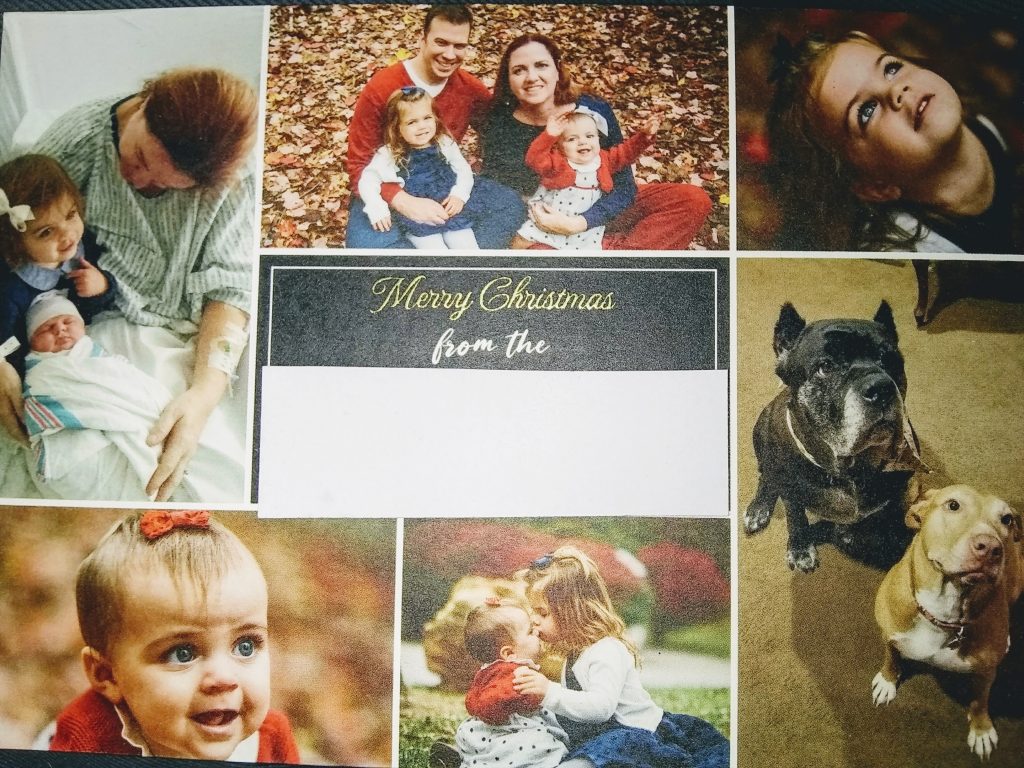
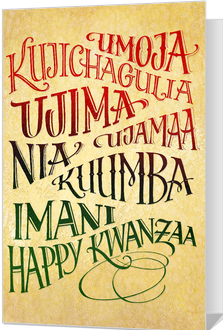
According to anthropologists, the number of holiday cards you receive reflects how many people care about you. That’s the premise of a 2003 study of social network size carried out by evolutionary anthropologists Robin Hill of the University of Durham and Robin Dunbar of Oxford and published in the journal Human Nature. “In Western societies…the exchange of Christmas cards represents the one time of year when individuals make an effort to contact all those individuals within their social network whose relationships they value.”
Maybe I’m just being defensive, but I refuse to measure my circle of caring family and friends by the handful of seasonal greetings I receive. Just saying.
Holiday Cards are Big Business
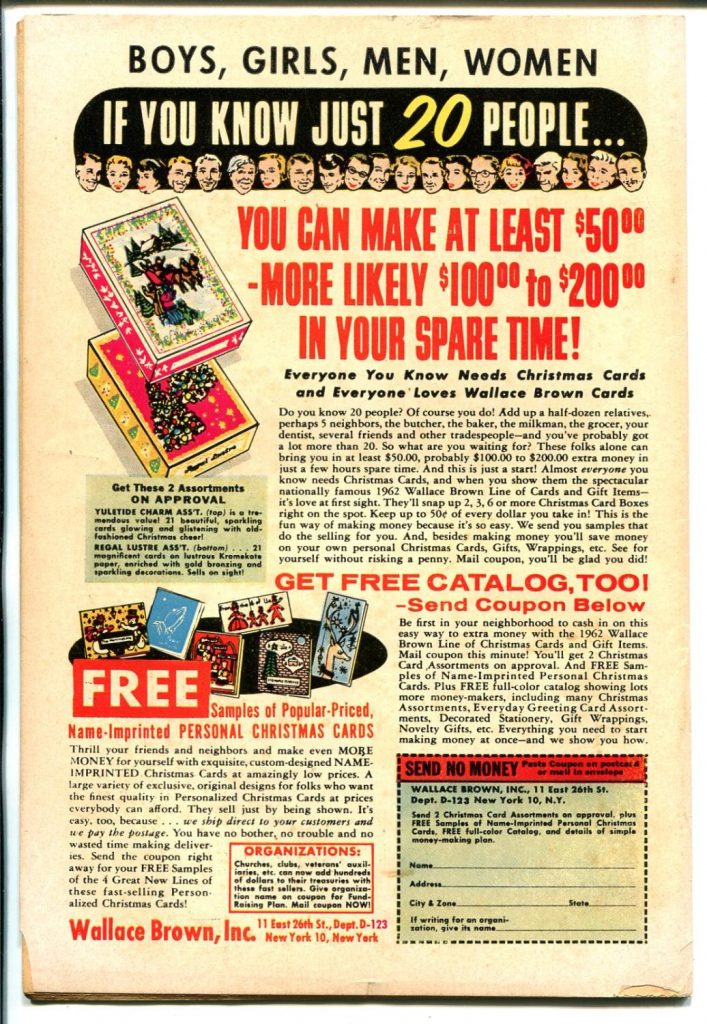
Getting a definite count is tricky, depending on the year and what cards are included in the count. For example, one study asserted that 6.5 billion greeting cards are bought each year, at a total cost of more than U.S. $7 billion. On the other hand, sales of holiday cards in the U.S. dropped from 1.8 billion in 2009 to 1.5 billion in 2011. Christmas Cards account for 61% of seasonal greeting card sales, followed by St. Valentine’s Day at a distant second of 25%.
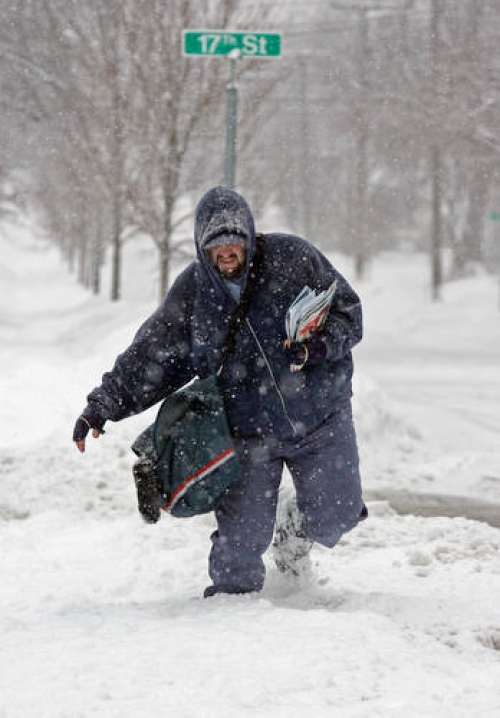
And that doesn’t even include the USPS revenue! Imagine what a postal worker, especially a letter carrier, thinks about all that extra volume moving around the country. Both of the holidays most frequently celebrated with extra paper and postage happen during some of the most unpleasant weather. Do the holiday bonuses outweigh the extra weight in the satchel?
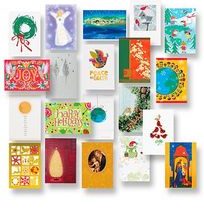
And FYI: only 15% of cards are bought by men. Millions of dollars are raised for charities by Christmas Cards each year. For example, UNICEF launched their charity Christmas card program in 1949. Schools, research institutions, hospitals, food banks, and lots of other community organizations raise funds by selling holiday cards.
Some organizations also send cards to donors to encourage continued support the following year. Does it really count as a holiday greeting if it’s a reminder to send a check?
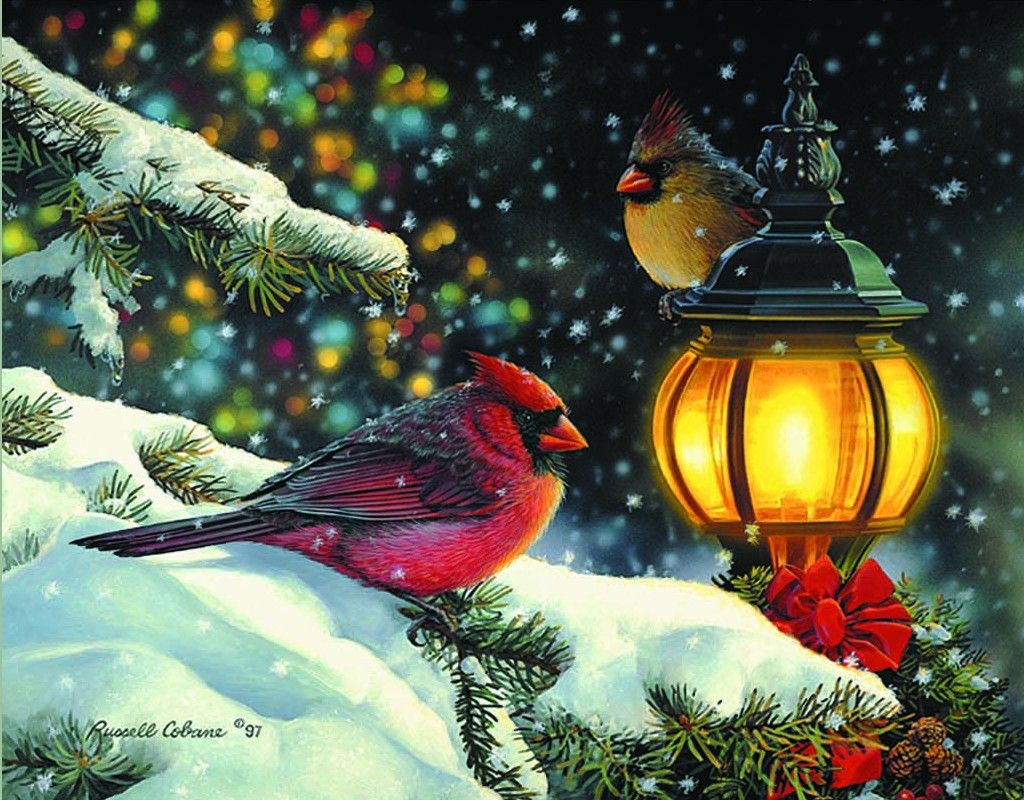
Well, I seem to have been caught up in a seasonal issue. But bottom line for writers: what are your character’s attitudes and behaviors regarding holiday greeting cards? Any phenomenon as ubiquitous as this can contribute to your characters and/or plots.
